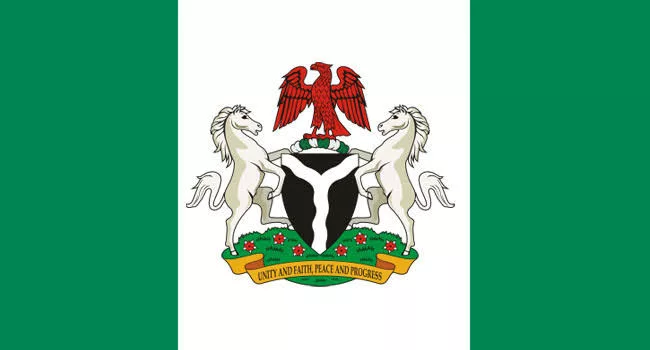Buoyed by increasing foreing exchange inflows into the country, Nigeria’s foreign exchange reserves has hit $41.046 billion as at August 20, 2025, according to latest data released by the Central Bank of Nigeria (CBN), the highest it has been since December 2, 2021.
The reserves had since the ending of 2021 been on the decline as the apex bank dipped into it to support the naira, thereby depleting it to nearly $31 billion last year, before it began a steady accretion on the various reforms of the CBN.
According to analysts, the various foreign exchange reforms, including offsetting the forex backlog, had boosted investors confidence in the Nigerian economy as foreign exchange inflows continued to rise.
The CBN data showed that while year to date, the reserves had risen by only 0.39 per cent when compared to $40.883 billion which it was as at January 2, much of the accretion had been within August. From $39.54 billion which it was as at August 1, 2025, the reserves had risen by $1.5 billion or 3.8 per cent within 20 days this month.
Head of Financial Institutions Ratings at Agusto & Co, Ayokunle Olubunmi, noted that the substantial accretion in the reserves was “the result of the various reforms of the CBN, aimed at sanitising the forex market and making Nigeria attractive to portfolio investors.”
The CBN had embarked on exchange rate unification to minimise arbitrage opportunities and reduce volatility in the foreign exchange market and cleared over $7 billion of verified backlog of forex forwards. It also launched the Nigeria Foreign Exchange (FX) Code to ensure that the market complies with global best practices.
CBN governor, Olayemi Cardoso, had at the last Monetary Policy Committee meeting assured of an accretion in reserves saying: “we have done what we should do, which is act as a catalyst to ensure that this happens. And it is happening. It is beginning to happen. Believe me, the numbers are showing us it is beginning to happen.”
Olubunmi also noted that the elevated yields on treasury securities and the periodic Open Market Operation (OMO) auctions have also helped attract the portfolio investors. Asides this, he said the good returns on listed equities had attracted the portfolio investors while the crude oil prices have remained on the positive side as Nigeria’s production volumes have been healthy.
LEADERSHIP had last month quoted analysts projection that the reserves would rise above $41 billion before the end of 2025. Analysts at CardinalStone in their mid-year outlook attributed the rise in the FX reserves to plans by the federal government to raise a combined $3.2 billion in the second half of the year to meet some of its fiscal priorities. Likely inflows from portfolio investors are expected to also support this projection.
“These proposed external borrowings, alongside other anticipated inflows, will likely boost the FX reserves to $41.00 billion by year-end, compared to $37.27 billion as of H1’25,” the Lagos-based research and investment firm said in its report.
Meanwhile, the value of the naira regained some of its losses as it appreciated slightly to sell at N1,535.78 to the dollar at the NFEM on Thursday compared to N1,536.73 which it sold on Wednesday. At the parallel market, the value of the naira remained stable around N1,550 and N1,545 to the dollar.
With foreing exchange inflow improving, analysts at FBN Quest Merchant Bank noted that there has been a cautious return of foreign investor confidence, influenced by robust carry trade opportunities and stable global macroeconomic conditions during the period.
“The sustained dominance of FPIs as a key source of forex supply highlights Nigeria’s dependence on short-term capital flows to sustain market liquidity. While this can provide immediate support, it also introduces significant vulnerability, as FPIs are highly sensitive to shifts in global risk appetite, interest rate dynamics, and domestic macroeconomic conditions.”











